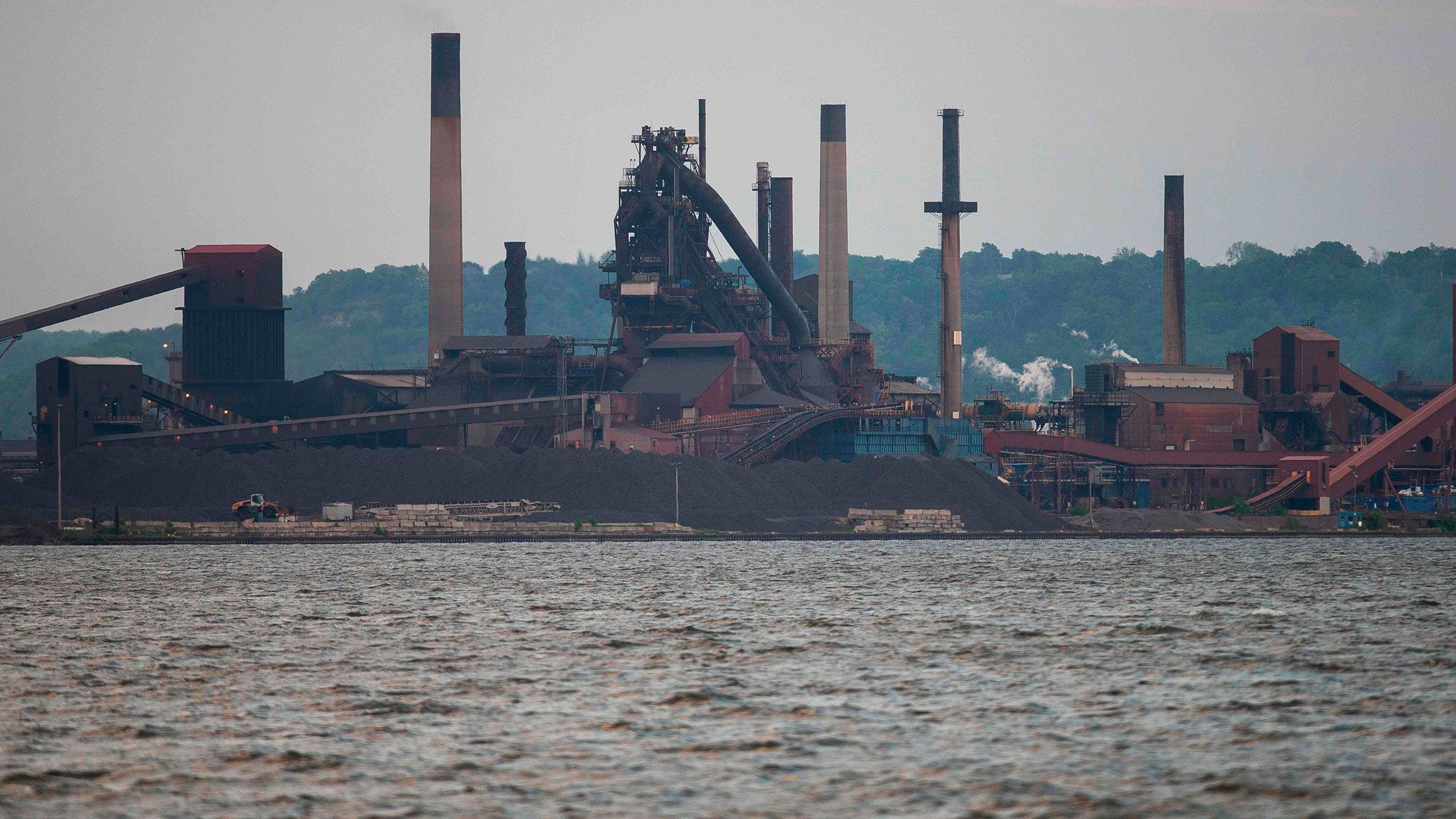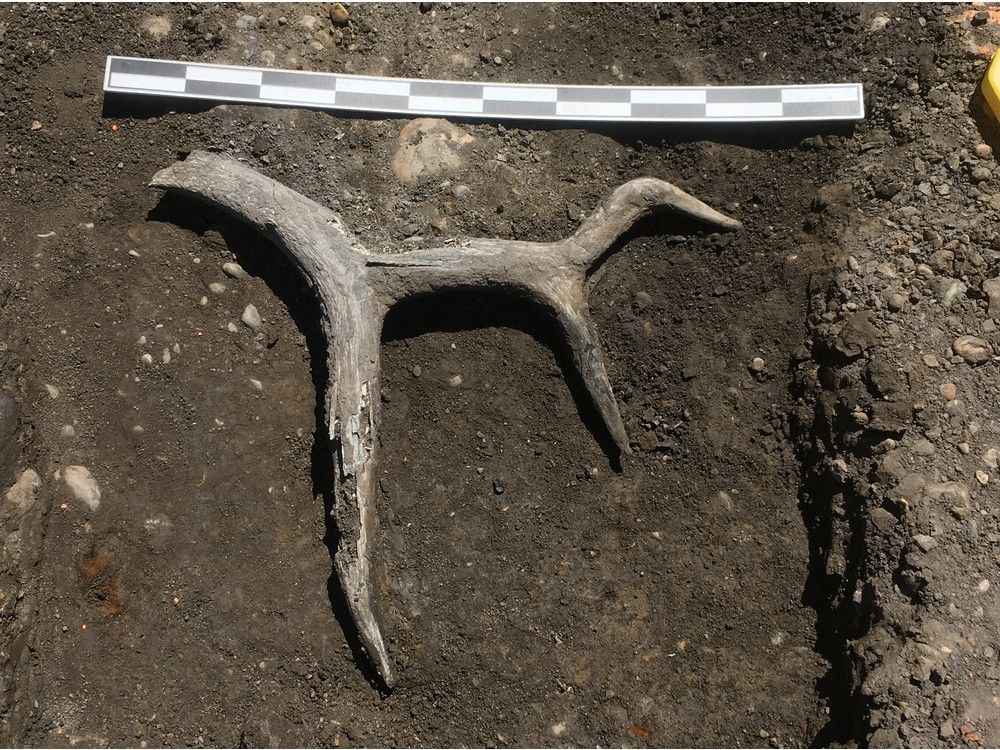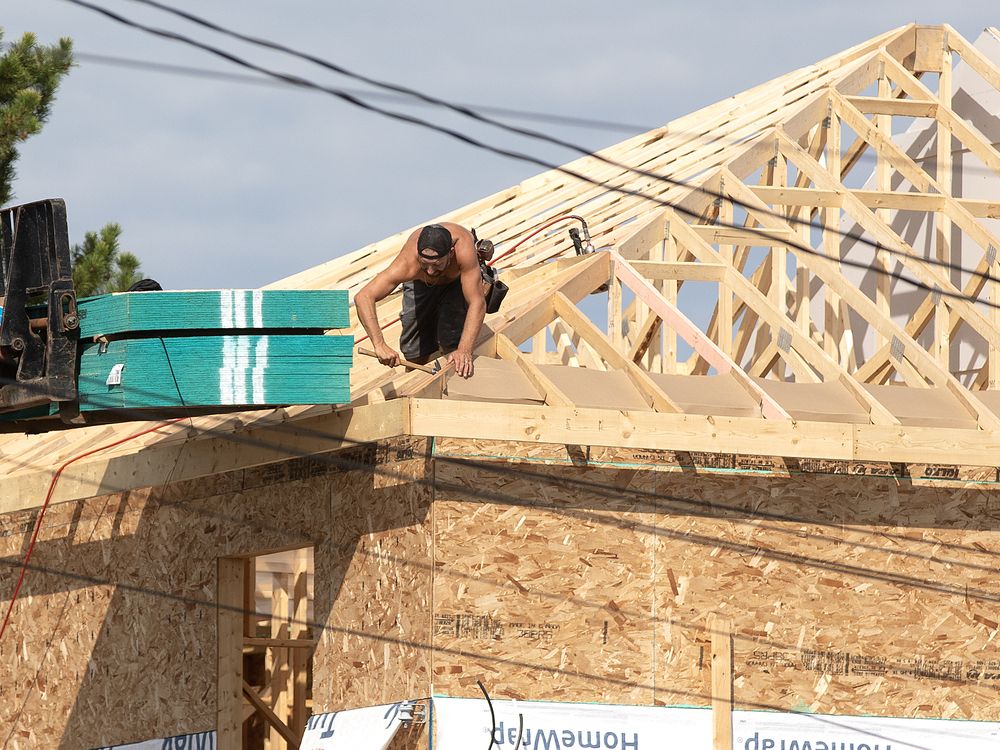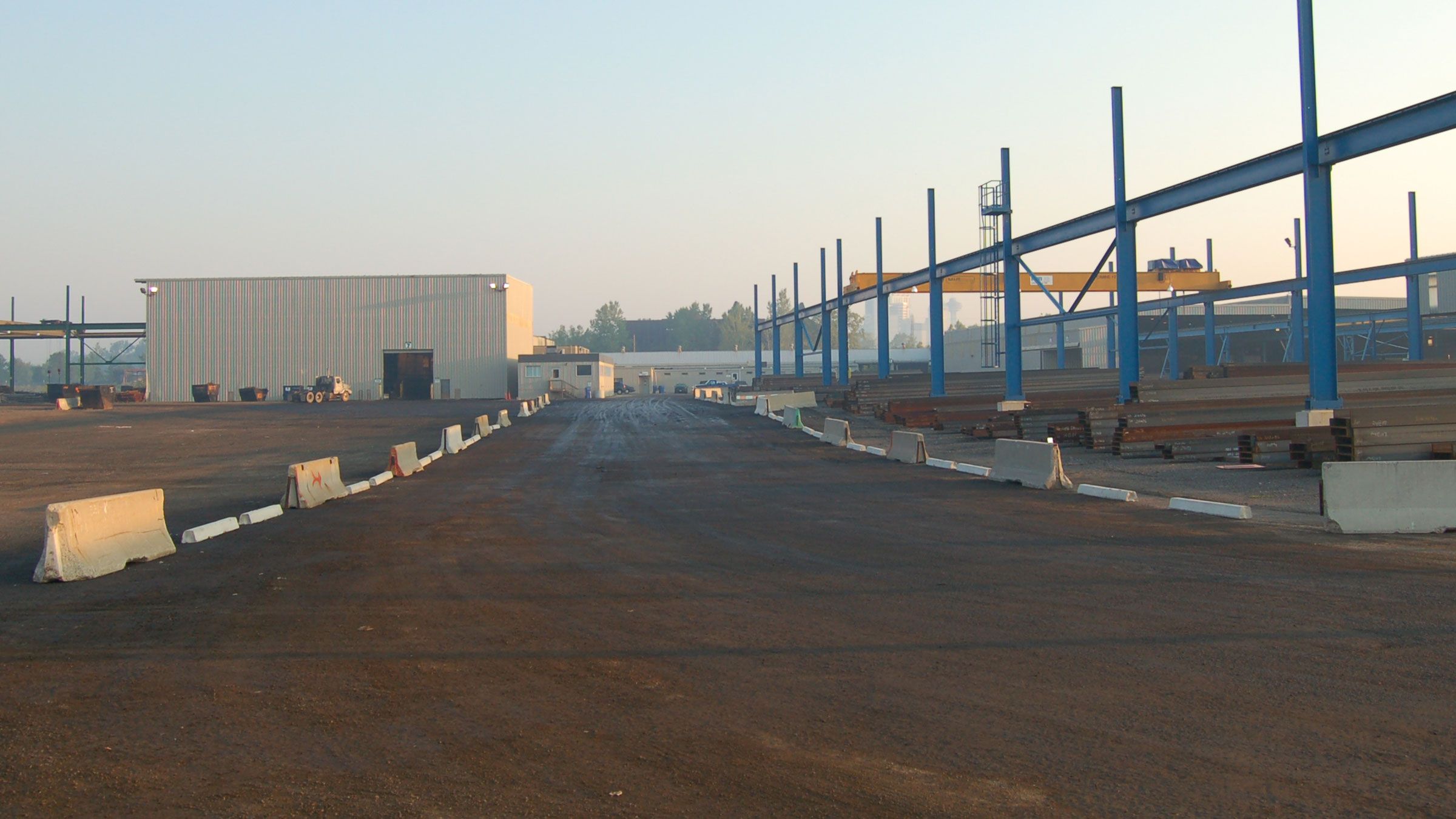But as the world shifts towards cleaner energy and sustainable practices, the future of the steel industry in Hamilton, and across Canada, is uncertain. The steel industry is a major source of greenhouse gas emissions, and pressure is mounting to reduce its environmental impact.
Article content
Despite this, the steel industry remains a vital part of Hamilton’s economy. It provides thousands of jobs and supports many local businesses. The challenge now is finding a way to transition to more sustainable practices while still supporting the local economy.
Article content
Hamilton may need to diversify its economy to reduce its reliance on the steel industry. This could involve investing in new industries such as technology, healthcare, or renewable energy. By embracing innovation and sustainability, Hamilton can ensure its economic future while also protecting the environment.
Article content
The future of Hamilton’s steel industry may be uncertain, but one thing is clear: the city must adapt to survive. By embracing change and investing in new industries, Hamilton can continue to thrive in the years to come.
Steel Works in Pittsburgh, Pennsylvania.” class=”embedded-image__image lazyload” src=”https://smartcdn.gprod.postmedia.digital/financialpost/wp-content/uploads/2025/08/pittsburgh-steel-0822-ph.jpg?location=full_width&quality=90&strip=all&w=375&sig=UuqzeX3KvqR5wH4ZsL7Dyw” srcset=”https://smartcdn.gprod.postmedia.digital/financialpost/wp-content/uploads/2025/08/pittsburgh-steel-0822-ph.jpg?location=full_width&quality=90&strip=all&w=375&sig=UuqzeX3KvqR5wH4ZsL7Dyw,
https://smartcdn.gprod.postmedia.digital/financialpost/wp-content/uploads/2025/08/pittsburgh-steel-0822-ph.jpg?location=full_width&quality=90&strip=all&w=750&sig=9W4zb4oQmXm9A0rJLp4g9g 2x” height=”562″ loading=”lazy” width=”1000″>The United States Steel Corp. Steel Works in Pittsburgh, Pennsylvania. Photo by Justin Merriman/Getty Images
But the reality is more complex. While the decline of the steel industry was a significant factor in Pittsburgh’s economic struggles, the city’s current success did not happen overnight. It took years of hard work, innovation, and collaboration to transform Pittsburgh into the thriving city it is today.
One of the key players in this transformation is the Clairton Coke Works facility in Clairton, Pennsylvania. This facility, owned by United States Steel Corp., has a long history in the region and has played a vital role in the city’s economy.
Clairton Coke Works is one of the largest coke production facilities in the United States, producing coke, a key component in the steelmaking process. The facility employs hundreds of workers and has been a source of stable, well-paying jobs for the community.
But Clairton Coke Works has also faced its share of challenges. The facility has been criticized for its impact on the environment, particularly its emissions of sulfur dioxide, a pollutant that can contribute to respiratory issues and other health problems.
In recent years, Clairton Coke Works has taken steps to address these concerns. The facility has invested in new technologies to reduce emissions and improve air quality in the surrounding area. These efforts have been praised by environmental groups and local residents alike.
Despite these challenges, Clairton Coke Works remains an important part of the Pittsburgh region’s economy. The facility’s continued operation supports local businesses, provides tax revenue for the city, and ensures that Pittsburgh remains a hub for steel production in the United States.
As Pittsburgh continues to grow and evolve, Clairton Coke Works will likely play a key role in shaping the city’s future. By balancing economic growth with environmental stewardship, the facility can help ensure that Pittsburgh remains a vibrant and sustainable city for generations to come.
But the truth, she said, is much more compelling.
Back in the days of yore, Carnegie, the Mellons and the other big shots had a pretty clear idea that the steel industry’s boom times would at some point go bust, so they got working on a plan B about a century ago.
Carnegie Mellon University grew out of this realization, as did the philosophy shared with the University of Pittsburgh about identifying world-class researchers in whatever the field might be and writing substantial cheques to encourage them to move to Pittsburgh and set up research labs.
Article content
Jonas Salk was one recipient of this largesse. He discovered the polio vaccine in the 1950s. Decades later, it was Thomas Starzl pioneering liver transplants. One of the first computer science departments in North America opened at Carnegie Mellon in the mid-1960s.
Red Whittaker, a trailblazing robotics professor, pulled into town in the 1970s and created devices used to investigate and repair the damage at the Three Mile Island nuclear reactor following a meltdown scare. He later went to Russia to help clean up the disaster at Chernobyl. Canada’s own Geoffrey Hinton was a professor at Carnegie Mellon before he became known as the godfather of artificial intelligence at the University of Toronto.
But the smart people were not just working in isolation; they were creating jobs and opportunity beyond the mill gates.
“There was a real investment made in future-thinking ideas — and visionaries — and the idea was that if they’re not from Pittsburgh, well, you bring them to Pittsburgh and support them and kind of build the startups that have become the economy we have today,” Madarasz said.
We feel for you guys in Hamilton
Anne Madarasz, chief historian at the Senator John Heinz History Center in Pittsburgh
Richard Florida, now a professor of economic analysis and policy at the University of Toronto’s Rotman School of Management, was originally from New Jersey and went to Pittsburgh to teach at Carnegie Mellon in the mid-1980s. What was remarkable about those turbulent years, he said, was the leadership of Richard Cyert, who was not a politician or a captain of industry, but a university president who positioned the school to be an engine for economic transformation and then he hopped in the metaphorical driver’s seat and hit the gas.
“In moving toward a more knowledge-based economy, it is pretty clear that the university has to drive it, so one of the things I do worry about with Hamilton,” Florida said, pausing to apologize for perhaps sounding too much like an “ugly” American, “is having that vision and driving that vision because it is something that is easier to do in the United States than it is here.”
Having piles of old money at one’s disposal comes in handy as well, Madarasz said, since underwriting a significant chunk of Pittsburgh’s turnaround, which included aggressive urban renewal projects often and tragically at the expense of historic African American neighbourhoods, was local family mega-fortunes rooted in the 19th century.
“The generational corporate and industrial wealth that was generated in Pittsburgh has stayed here,” she said.
Madarasz is fond of Canadians. She credits Mario Lemieux with saving the Pittsburgh Penguins — twice — and then there is Sid the Kid, a three-time Stanley Cup winner.
Article content
But the potential is there. The city of Hamilton has a rich history of innovation and resilience, dating back to its days as a major industrial hub. As the steel industry faces uncertainty, the community is coming together to find new opportunities and create a brighter future for all residents.
From the university to local businesses, there is a sense of collaboration and determination to overcome the challenges ahead. Hamilton may be teetering on the edge of change, but with the spirit of its people and the resources at its disposal, it has the potential to thrive in the face of adversity.
Article content
As the world watches and waits to see what the future holds for Hamilton, one thing is clear: this city is not defined by its past, but by its ability to adapt and evolve. The story of Hamilton’s resilience in the face of hardship is a testament to the strength and determination of its people, and a reminder that even in the darkest of times, there is always hope for a brighter tomorrow.
“But once they’re here, it’s like, ‘Okay, now you’re here, let’s see how much money we can take from you.’ It’s frustrating because I pay a lot of taxes, but I don’t see where the money is going.”
Fiorellino is considering moving her company to a nearby city where taxes are lower, but she is hesitant to uproot her employees, many of whom live in Hamilton and have families and roots in the community.
Attracting workers from other parts of Canada to Hamilton will require more than just job opportunities. The city will need to address its infrastructure, housing, and quality of life issues to make it an attractive place to live and work.
Building a new industry from scratch is a daunting task, but with the right planning and investment, Hamilton has the potential to become a hub for manufacturing, logistics, and construction. It will be up to city leaders, business owners, and residents to work together to create a thriving and sustainable economy for the future.
Hamilton has a rich history of industrial success, with companies like Walters Inc. leading the charge. However, the city is facing challenges in retaining businesses due to factors like tax increases and incentives offered by American regions. This has led to a dilemma for business owners like Fiorellino, who see the potential benefits of moving south but also feel a strong sense of loyalty to their Canadian roots.
The recent tax increase in Hamilton has put a significant financial strain on companies like Fero, impacting their ability to invest in growth and job creation. In contrast, American regions are offering enticing incentives to attract businesses, including funding for buildings, equipment, and employee salaries, along with tax breaks and lower effective tax rates.
Despite the allure of these offers, some business owners like Walt Koppelaar remain committed to Hamilton. For Koppelaar, whose family has a long history in the steel industry, Hamilton is more than just a location – it’s a part of their identity. Walters Inc., founded by Koppelaar’s grandfather, has deep roots in the city and has become a key player in the local economy, with major contracts and hundreds of employees.
The story of Walters Inc. is a testament to the resilience and strength of Hamilton’s industrial sector. The company’s success is built on a foundation of hard work, family values, and a commitment to quality. Despite the challenges facing the city, businesses like Walters Inc. are determined to stay and continue contributing to the growth and prosperity of Hamilton.
As Hamilton grapples with the issue of business retention, it is clear that more needs to be done to support local companies and encourage them to stay. Finding a balance between competitiveness and loyalty to the community will be crucial in ensuring the city’s economic success in the years to come. Hamilton may not do well in retaining businesses, but with the right support and incentives, it can overcome this challenge and thrive in the future. The Koppelaar family dictionary is a unique collection of words and meanings that emphasize the power of determination and perseverance. In this dictionary, the word “can’t” does not exist. This mindset has been passed down through generations, inspiring each member of the family to push boundaries and achieve their goals.
One shining example of this determination is seen in the story of the grandson who started at the bottom of the family business. He took on every job imaginable, from scraping and polishing to drawing blueprints for steel construction. Through hard work and dedication, he eventually rose to the position of executive vice-president. Despite facing challenges along the way, he never allowed himself to entertain the thought of failure.
The steel industry has always been a vital part of the Koppelaar family’s legacy. Even in the face of adversity, such as Trump’s tariffs on Canadian steel, the family remains committed to keeping the industry alive in Hamilton. While these challenges have cost the company millions, the Koppelaar family’s unwavering belief in their roots and their ability to overcome obstacles shines through.
As Koppelaar himself stated, “Hamilton is a steel town, and we’re gonna keep it that way.” This steadfast determination and resilience are what set the Koppelaar family apart. They refuse to back down in the face of adversity, choosing instead to stand strong and preserve their heritage.
In a world where obstacles can seem insurmountable, the Koppelaar family serves as a shining example of what can be achieved with hard work, dedication, and a refusal to accept defeat. Their story is a testament to the power of perseverance and the belief that anything is possible when you refuse to acknowledge the word “can’t.” Title: The Benefits of Outdoor Exercise
In today’s fast-paced world, it can be difficult to find time to exercise. However, taking your workout routine outdoors can offer numerous benefits that can help improve both your physical and mental well-being.
One of the main advantages of outdoor exercise is the exposure to natural sunlight. Sunlight is a natural source of vitamin D, which is essential for maintaining strong bones and a healthy immune system. By exercising outside, you can soak up some much-needed vitamin D while also enjoying the fresh air and scenery.
Another benefit of outdoor exercise is the variety of terrain and environments that you can explore. Whether you prefer running on a trail through the woods or cycling along a seaside path, outdoor workouts offer a change of scenery that can help prevent boredom and keep you motivated to stay active.
In addition, outdoor exercise can also provide a greater sense of freedom and connection to nature. Being surrounded by greenery and fresh air can help reduce stress and anxiety, allowing you to focus on your workout and clear your mind of any negative thoughts.
Furthermore, outdoor exercise can also be more challenging than indoor workouts, as you may have to contend with uneven terrain, wind resistance, and other natural elements. This can help improve your overall fitness level and coordination, as well as increase your endurance and strength.
Overall, incorporating outdoor exercise into your fitness routine can offer a wide range of benefits that can improve your physical and mental health. So, the next time you’re looking to break a sweat, consider taking your workout outside and reap the rewards of exercising in nature.
Back to top button





